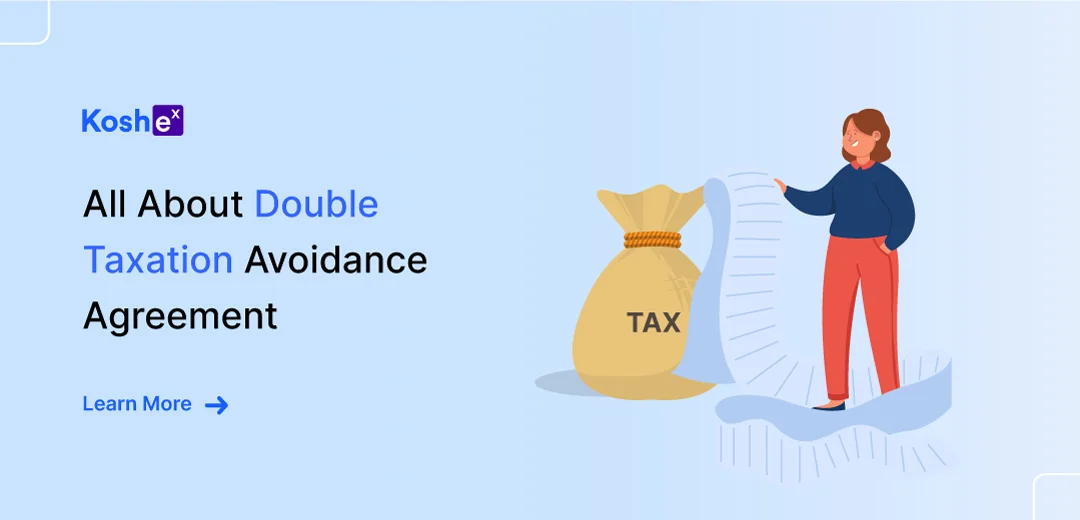Most times, people look at the premium amount of an insurance policy and decide whether it will be suitable for them and their financial needs. However, there are several other factors that you should consider before choosing the right insurance plan for you. One of the most important factors is the claim settlement ratio.
In this article, we will take a look at what the claim settlement ratio is, how it works, and why you need to understand all about it.
What Is The Claim Settlement Ratio?
Claim settlement ratio (CSR) is the percentage of claims that an insurance provider settles in a year out of the total claims. For example, if an insurer receives 1000 claim requests in a year and successfully settles 920 of them, their CSR is 92%. CSR acts as an indicator of the credibility of their insurance providers. As a general rule, the higher the ratio, the more reliable the insurance company is.
Every year, the Insurance Regulatory and Development Authority (IRDAI) releases the claim settlement ratios of all life insurance companies. You can find this data on the official website of IRDAI. Before you choose any insurance plan for yourself, you should make it a point to check the CSR.
What Are The Types Of Insurance Claims?
Insurance claims are broadly classified into two types:
Maturity Claims
These claims are paid at the end of the policy tenure. On surviving the policy term, you will receive an amount either as a lump sum or regular income, depending on the policy feature and request provided by you. On top of that, the amount paid on maturity can be fixed or market-linked, basis the type of your policy.
Death Claims
These are paid in case of the policyholder’s death during the policy term. The insurer will pay the amount to the policyholder’s nominee. These claims are usually paid as a lump sum amount or as regular income as chosen at the time of purchasing the policy.
How To Calculate The Claim Settlement Ratio?
It is important to learn how to calculate the claim settlement ratio. The given formula can calculate the claim settlement ratio:
Claim Settlement Ratio = Total number of claims in a year x 100
For example, if a company settles 90,000 out of 1,00,000 claims in 2022-2023, its CSR will be 90% (90,000 / 1,00,000 x 100).
It is important to remember that this ratio describes the total number of health insurance claims and all types of insurance offered by the company.
What Is The Importance Of The Claim Settlement Ratio?
Here’s why it is important to check the claim settlement ratio.
Reliability – The CSR indicates their ability to pay the sum assured to you or your nominee. If your insurance provider has been maintaining a consistently high CSR over a considerable amount of time, they are unlikely to default on their compensation commitments. It is important to check the CSR over the last five years before you make a decision.
Assurance – The main reason one buys life insurance is to ensure financial protection against unforeseen circumstances. But, the purpose will be defeated if the insurance company does not honor your claim. Also, even if the insurer settles most of the claims, there should be a simple, transparent, and hassle-free claim process. So, make sure that you or your loved ones don’t have to go through a tough time getting the sum assured.
What Is The Claim Settlement Process?
Below is the detailed claim settlement process.
The first step in the process is reporting. You can report claims online, at branches, the central office, the ClaimsCare helpline, SMS, or email. This makes it easier for a policyholder to report the claim.
The second step is submission. After you report your claim, you should submit all the necessary documents. This will make sure that the insurance company analyzes and approves the claim quickly.
The final step is the processing of the claim. This process should be swift and hassle-free for the policyholder and their family. In recent years, insurers are settling claims faster with the help of technology. Sometimes, claims under a certain amount are paid within a day.
What Are The Drawbacks For The Claim Settlement Ratio?
There are a few drawbacks for the claim settlement ratio.
Whenever an insurance company declares the claim settlement ratio, the number represents the sum total of all claims adhered to by a company for all its life insurance policies and products. Hence, what you see is only an estimated ratio and not the actual ratio for each type of policy, such as endowment cover, term insurance, child plan, money-back policy, group insurance / individual cover, online or offline plan, etc.
On top of that, the number that is present as the claim settlement ratio is a figure in terms of percentage and not an actual number. So, it doesn’t offer clarity about how many claims a company rejected in reality.
Let’s understand this better with an example. In 2018, an insurance company rejected 1000 claims out of 10,000 claims. This means, their claim settlement ratio will be 90%. In the next years, the insurer received around 1,00,000 claims but rejected around 5000 claims. Now, the claim settlement ratio will be 95%. In reality, the firm has rejected more claims.
How To Avoid Getting Your Claims Rejected?
Getting your claims rejected is a big headache. So, it is important to give adequate details to avoid your claim getting rejected.
Below are some of the steps your can follow from getting your claim rejected.
- Always give accurate and recent information. These could be your lifestyle, smoking and drinking habits, medical history, previous insurance policies, employment profile, etc. Even though offering accurate medical history information may increase premiums, you should know that this is one of the criteria insurance companies use to reject your claims.
- Since the nominee will ultimately get the insurance claim, you should fill out the nomination form correctly.
- You should make sure to declare any current or former insurance policies. If you withhold any information from your insurer, your claims may get rejected. For example, the insurer may deny your claim, quoting “material information concealment” as the cause. Hence, make sure to mention any current insurance policies you have or any insurance policies you have had at a different insurance firm.
In The End…
The claim settlement ratio can be a good indicator for choosing the right insurance plan for yourself and your family. However, the one thing you must notice is that the claim settlement ratio of the insurer should be consistent for the past few years. Also, check the claim settlement process and choose the policy that has a hassle-free settlement process. While purchasing the insurance policy, make sure to give accurate and current details to avoid getting your claims denied in the future.
We hope this blog helped you understand what the claim settlement ratio is, how it is calculated, and its importance. If you wish to read about any other topics such as Mutual Funds, Personal Finance, Tax-Planning, and more, check out our recent blogs.
If you want to get your financial life on track, download Koshex for free and track your net worth, save smartly, budget efficiently, and invest in personalized recommendations. We are an app designed for every smart Indian investor. Get the app today!









Leave a Comment